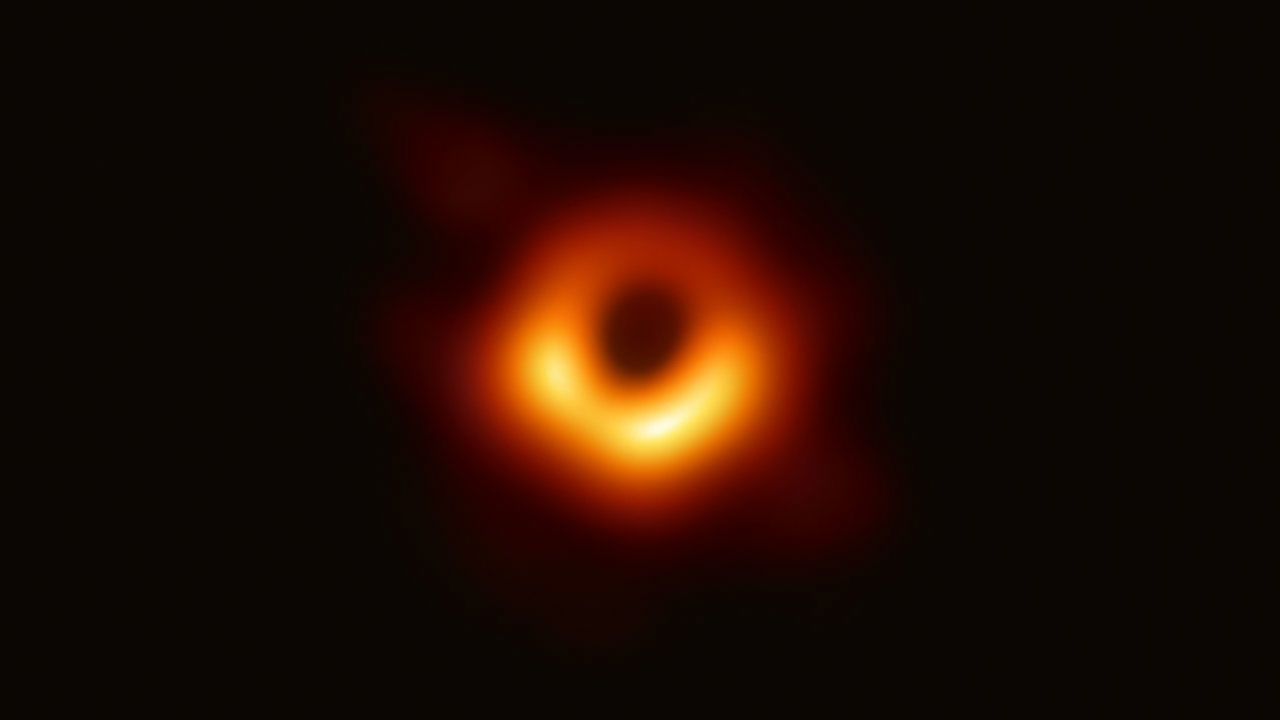
Capturing the First Image of a Black Hole
Dr. Michael Johnson, Center for Astrophysics, Harvard & Smithsonian
Black holes are so dense that not even light can escape. But, through their immense gravitational pull, they also power the brightest and most efficient engines in the universe, lighting up the centers of galaxies where supermassive black holes dwell. Black holes are predicted to cast a shadow on their bright surrounding material, but our telescopes have not had sharp enough resolution to view a black hole directly and test this prediction. Dr. Johnson will describe how we recently captured the first images of a black hole using a new Earth-sized instrument, the Event Horizon Telescope, and will explain how we are using these images to put Einstein’s theories to the ultimate test.
Register for Zoom Presentation: November 12, 2020.
The John D. Schopp Memorial Lecture Series
The late Professor John D. Schopp was deeply appreciated by his colleagues and students. Each year the Department of Astronomy at San Diego State University, in conjunction with the Mount Laguna Observatory Associates, hosts a public lecture in Dr. Schopp’s memory. They honor his love of astronomy and his devotion to sharing knowledge.